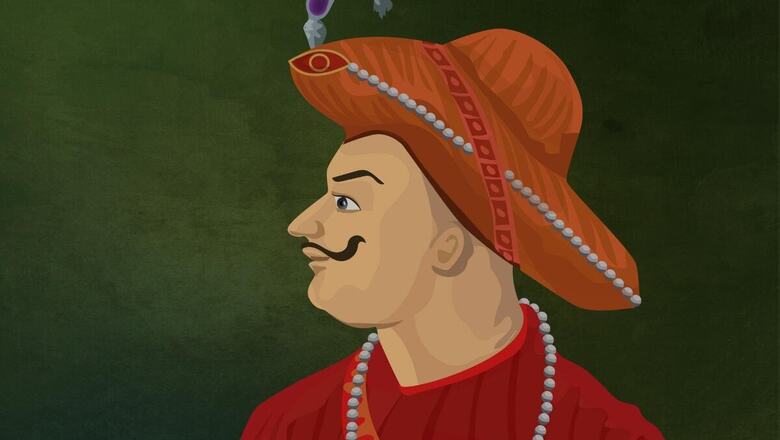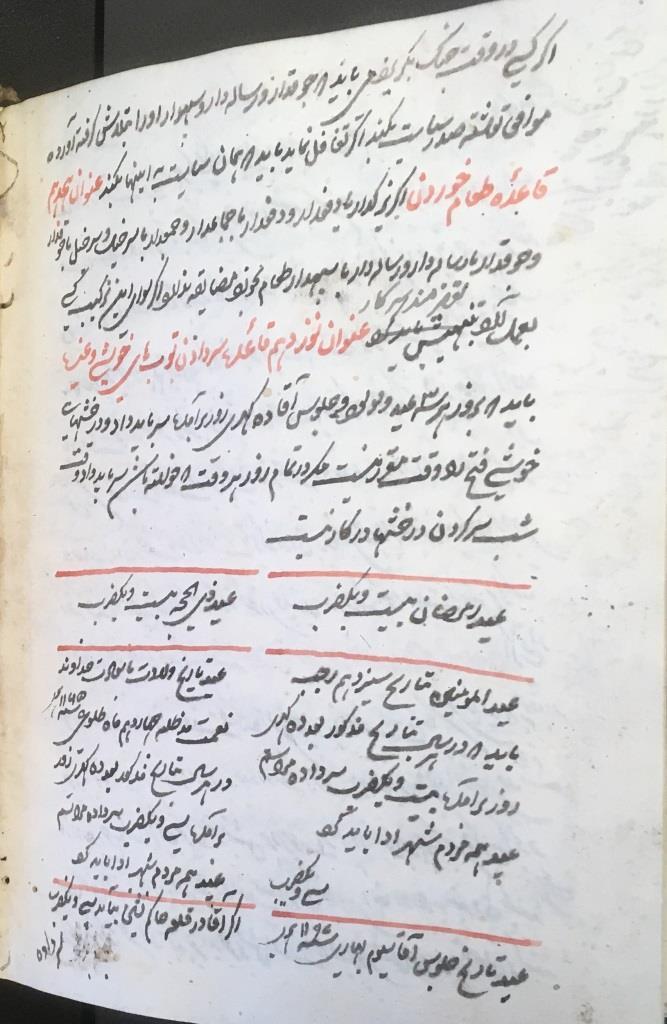
views
In the year 2019, I visited The British Library in London, in connection with my research on the Mysore rockets found at Nagara in Shimoga, my home district. Here, I looked into a Persian manuscript titled ‘Fateh-al Mujahideen’, which was a military manual prescribed by Tipu Sultan to the commanders of his army. This manuscript, in its first folio, contained both the personal seal and signature of Tipu Sultan.
The fourth chapter in this manuscript contains a list of important dates on which the army was commanded to fire gun salutes. One of these days was the birthday of Tipu Sultan. This part of the document was translated to English by Persian and Islamic Scholar Adnan Rashid from London as:
“Happy celebration for the birth-date of God’s blessing, may he live long, fourteen of month Zakiri year 1165 Hijri every year on the mentioned date after ten hours upon day-rise thirty one canon-fires commence. The celebration/ceremony should be performed by all the people of the city…”
The mention of Hijri year 1165 in context of Tipu Sultan’s birth date captivated my attention because it has been commonly held that Tipu Sultan was born in the Hijri year 1163. The currently accepted date of birth of Tipu Sultan is November 20, 1750 in the Gregorian calendar, which is the 20th day of the month of Zil-Hijjah, year 1163, in the Hijri calendar. The information about this date came from a biography of Tipu Sultan’s father Haidar Ali, written by Meer Hussain Kirmani three years after the death of Tipu Sultan. The book was translated to English only in the year 1842.
In his book containing the translation of several of Tipu Sultan’s letters in 1800, Colonel William Kirkpatrick mentions finding a note in Tipu Sultan’s library that had in it the Tipu’s birth date. The curator of the Persian Section in the British Library Ursula Sims-Williams could fortunately locate this note in their collection which also mentioned the same year and date as in the ‘Fateh-al Mujahideen’. The same date was mentioned in another document again in England—Tippoo’s Regulations—that was seized by the English from Tipu’s camp in the course of the Third Anglo-Mysore war. So, we have three mentions of Tipu Sultan’s birthdate—14th day of Zakiri /Toolooee, year 1165 Hijri on three important documents, all produced in Tipu Sultan’s lifetime itself. Zakiri and Toolooee are two names for the same month.
***
The next challenge was to relate the month Toolooee or Zakiri with the English calendar. There is no such month in the Islamic Hijri calendar. This month is from the calendar that Tipu Sultan created for use in Mysore (now Mysuru) which he named the Mauludi calendar. ‘Maulud’ in Arabic means ‘birth’ and Tipu Sultan marked the birth of the Prophet in the year 572 CE, which he marked as the first year of his calendar. The Mauludi calendar was not based on the Lunar Islamic Hijri calendar but entirely on the Luni-Solar Hindu Panchanga Calendar followed by his subjects across Mysore. This matching of calendars proved to be very helpful for administration as now harvesting seasons, festival periods and tax collection deadlines matched.

From the folio of Fateh-al Mujahideen, with Tipu Sultan’s birth date. Published with permission of the British Library IOC 2216 f67.
The Mauludi calendar began on the first of the Chaitra month each year which was the auspicious day of Ugadi and its months were aligned exactly with the start and end of each Panchanga month. Like the Panchanga, the Mauludi calendar was also cyclical with 60 years making each cycle. The only difference between the Panchanga and Tipu’s calendar was that the Mauludi calendar did not follow the vyaya and vridhhi of tithis that the Panchanga followed because of which the Mauludi calendar would have a continuous series of dates for each month. The Zakiri /Toolooee month corresponded with the Panchanga month of Margasheersha.
These discoveries meant that I no longer had to depend on the information provided by a second party, Meer Hussain Kirmani, for the date of Tipu Sultan’s birthday but could verify it myself from the information inside three different manuscripts produced at his court in his own lifetime. This Mauludi date was verified using Panchanga software developed by Vishvas Vasuki from Bengaluru, Professor Karthik Raman of IIT-Madras and a converter site developed by Manjunath Gaonkar of NeoTech, Bengaluru. I conducted further checks on the date conversion tool by comparing the Mauludi and Gregorian dates in early British translations of Tipu Sultan’s letters as well as from a comparison of Mauludi and Panchanga dates mentioned in letters sent by Tipu Sultan to the Sringeri Mutt.
This is how I came to the conclusion that the 14th day of Zakiri for the Hijri year 1165 corresponds with December 1, 1751 in the Western Gregorian Calendar. I was also fortunate to have my work on the birthdate reviewed by Dr B. Sheik Ali, the senior and erudite Mysore historian and former Vice Chancellor of Mangalore and Goa universities who in his review has written—‘We have to accept this date, as it is based on irrefutable evidences.’
This is a most important discovery because now Tipu Sultan’s birthday is pushed forward by more than a year from the wrongly attributed date of November 20, 1750 to the newly discovered date of December 1, 1751.
The views expressed in this article are those of the author and do not represent the stand of this publication.
Read all the Latest News, Breaking News and Coronavirus News here.














Comments
0 comment